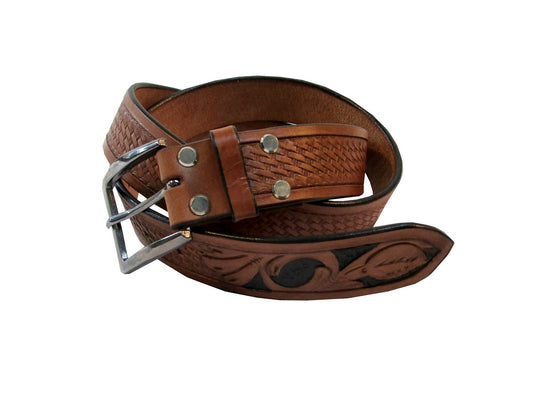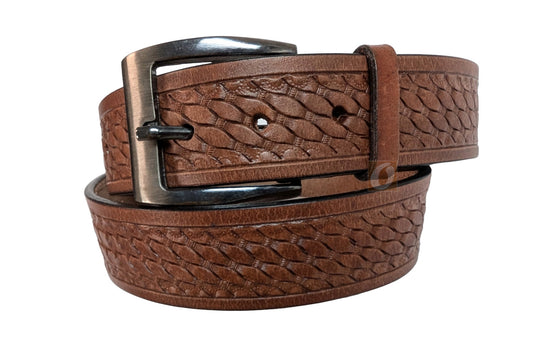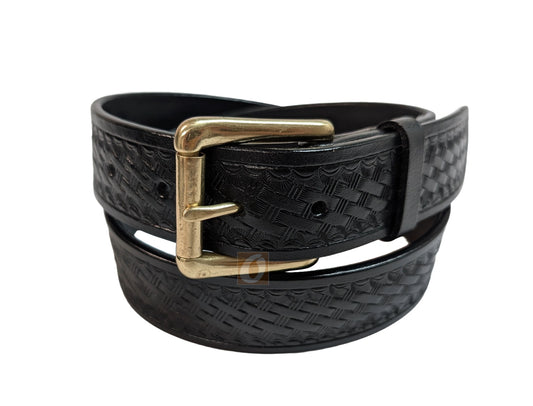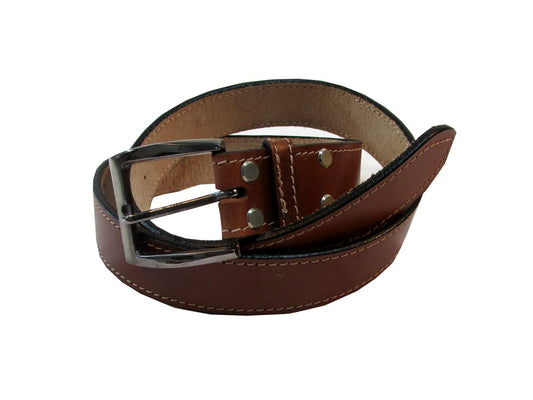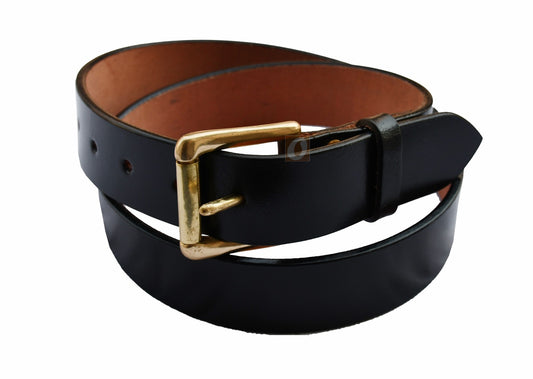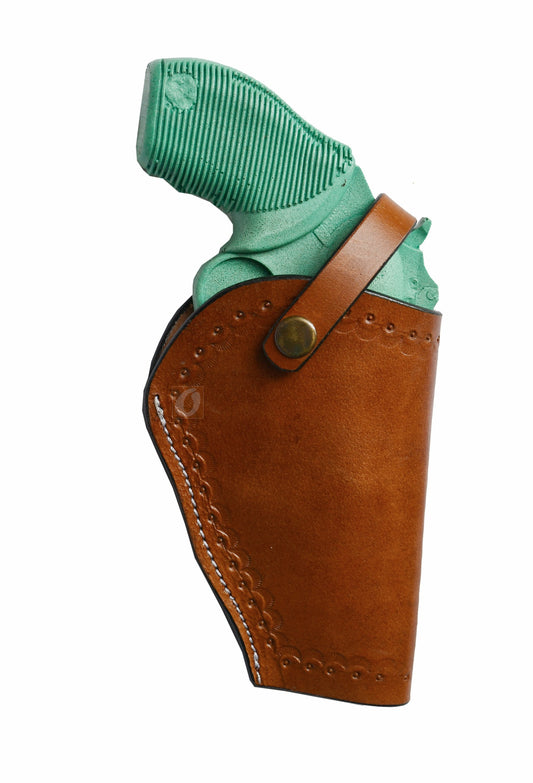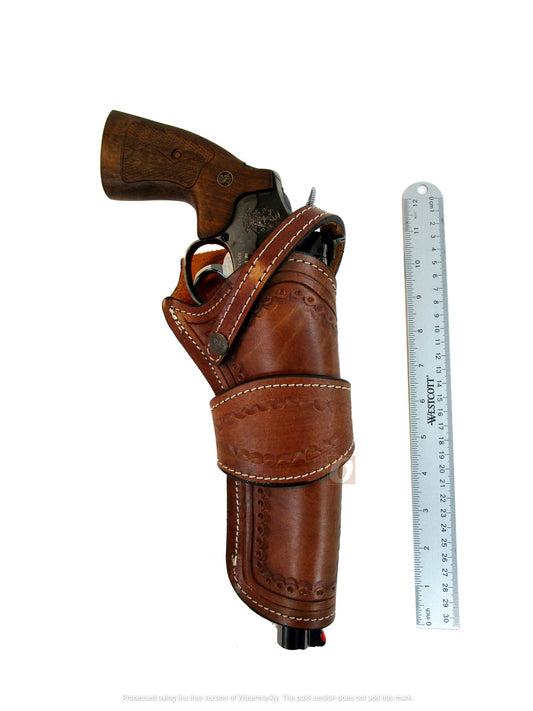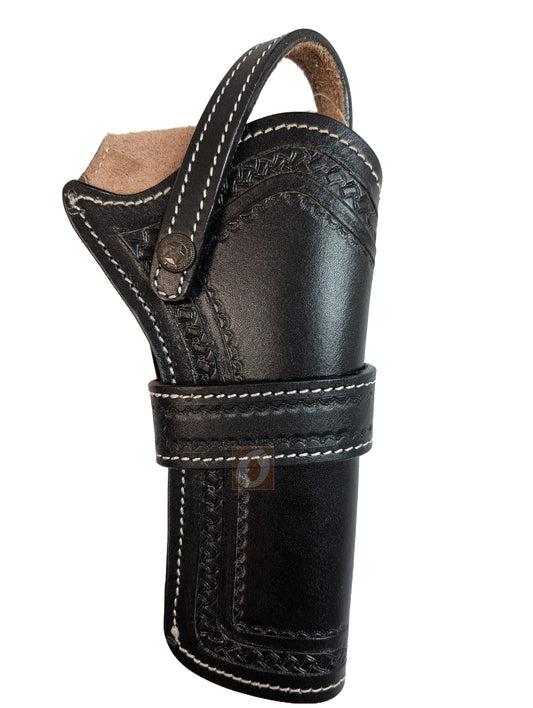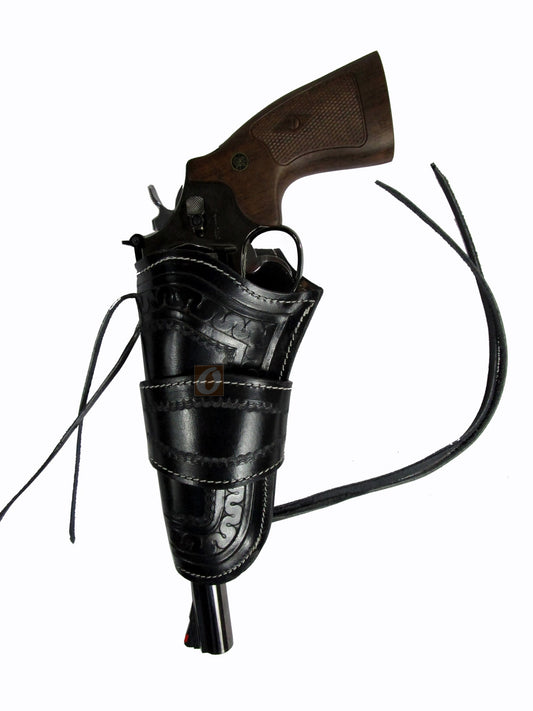Behind the Scenes: The Craftsmanship of Handmade Leather Holsters
Behind the Scenes: The Craftsmanship of Handmade Leather Holsters
Good holsters don’t roll off an assembly line—they’re built, one careful step at a time. Here’s how a handmade leather holster goes from raw hide to a reliable, comfortable carry you’ll trust every day.
Why craftsmanship matters
- Fit and retention: Hand molding gives you that secure click-in feel with a smooth, predictable draw.
- Comfort that lasts: Quality leather breaks in to your body, not against it.
- Longevity: Better hides, tighter stitching, and clean edges outlast throwaway gear.
How a premium leather holster is made
1) Leather selection
Full-grain hides are chosen for thickness, fiber strength, and clean grain. The goal: structure around the mouth, comfort against the body, and consistent retention.
2) Patterning and hand cutting
Patterns are matched to specific firearm models. Pieces are cut with the grain for strength at stress points like the belt line and trigger-guard curve.
3) Wet molding and setting retention
The leather is formed around a dummy gun to establish sight channel, trigger-guard capture, and draw path. Pressure is applied only where retention should live—never crushing the mouth.
4) Stitching, edging, and finishing
Saddler’s stitches and heavy thread lock the shape. Edges are beveled, burnished, and sealed so they won’t fuzz or soak sweat. A final topcoat protects and deepens the tone.
5) Quality checks
Each holster is test-fit, checked for mouth stiffness, belt stability, and draw smoothness, then conditioned lightly so it’s ready to break in—not break down.
Care and break-in tips
- Less is more: Use minimal conditioner—over-oiling softens retention.
- Short wears first: Do a few one-hour sessions to let the leather learn your shape.
- Keep the mouth stiff: Don’t crush it under seats or heavy packs.
For deeper guidance, see: Leather Holster Care Tips.
Related reads
- How to Choose the Right Holster for Your Firearm
- Exploring Holster Types: OWB, IWB, and More
- How to Care Your Leather Gun Holsters
Find your handmade fit
Ready for a holster that looks sharp, carries comfortably, and holds tight? Start here: Shop Leather Holsters. Prefer model-specific? Try Glock Holsters or 1911 Holsters. Like classic carry styles? See Crossdraw and Suede options.
FAQ
How long does a leather holster take to break in?
Usually a few short wears over a week. You’ll feel the fit relax at contact points while the mouth stays firm.
Why full-grain leather?
Fiber strength and longevity. It holds shape, burnishes cleanly, and develops character without getting mushy.
Will conditioning make it loose?
Only if overdone. Use a light coat, rarely. If retention softens, stop conditioning and let the holster dry and rest.
How do I keep edges from fraying?
Quality holsters are beveled, burnished, and sealed. Wipe clean after wear and avoid soaking the edges.
What belt should I use?
A stiff leather belt stabilizes the holster and improves draw consistency. Browse our Leather Belts.


